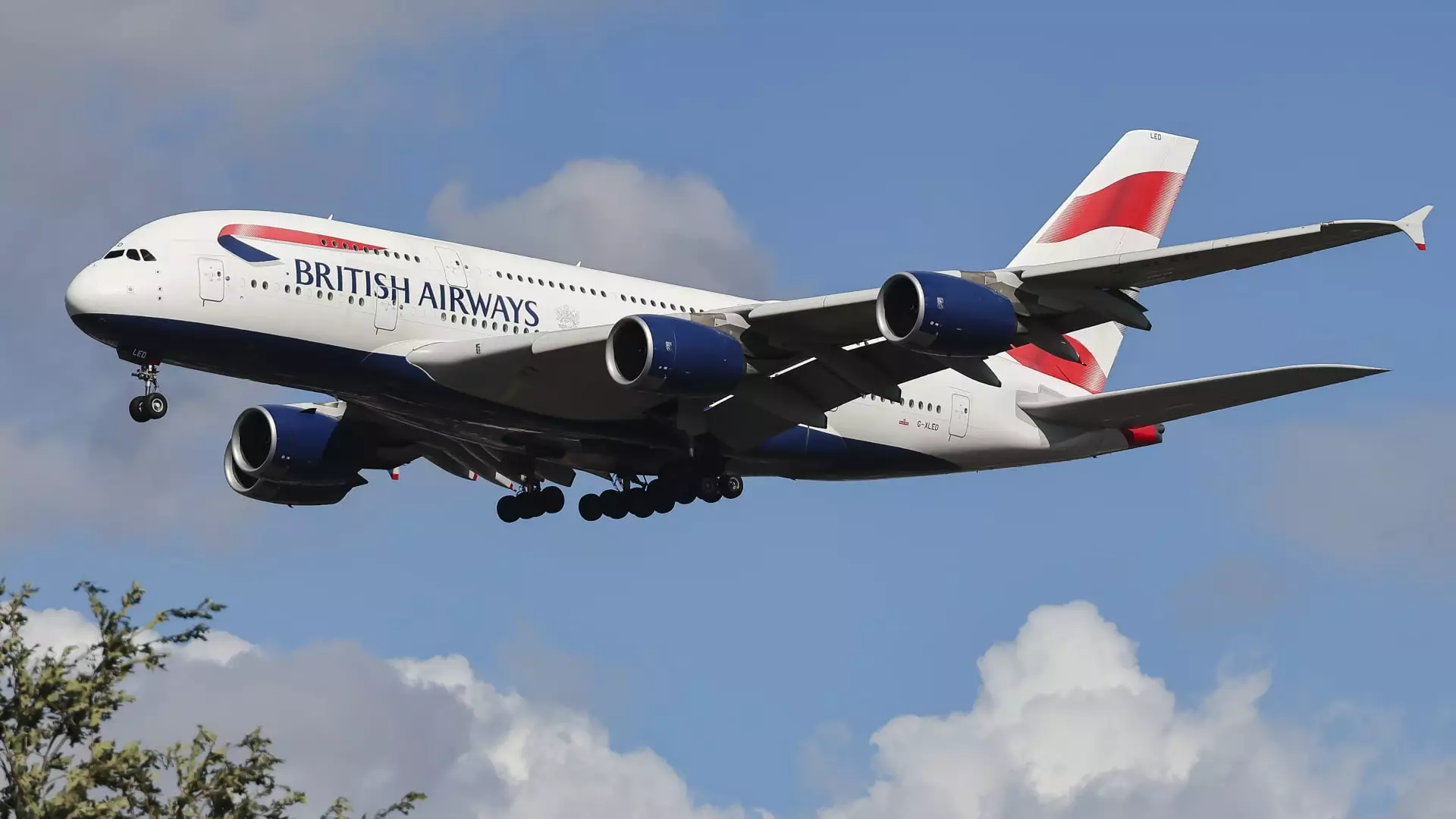The airline industry is undergoing significant changes as major global carriers reevaluate their service routes and operational strategies, particularly in relation to China. Factors such as elevated operational costs due to geopolitical tensions and a dip in passenger demand have compelled several airlines to scale back or completely withdraw their services to the country. This article explores the reasons behind these shifts and the broader implications for international travel.
Service Withdrawals: A Trend Among Major Airlines
Notable airlines are announcing withdrawals from the Chinese market, with Virgin Atlantic and Scandinavian Airlines leading the charge. Virgin Atlantic’s complete cessation of flights to Hong Kong in 2022 marked the end of a three-decade presence in one of Asia’s most important financial hubs. Such moves signal a growing unease among international carriers. A recent report from travel insights platform Skift highlighted that, in just four months, seven major airlines have exited the Chinese market entirely. This trend raises questions about the sustainability of air travel to and from the country in the current climate.
John Grant, a prominent analyst from OAG, has pointed out that the retreat of airlines from China is likely to become more pronounced as time progresses. This is corroborated by data suggesting that British Airways has progressively reduced the size of aircraft servicing the region, moving from the larger Boeing 747s to smaller models like the B787. This strategic downsizing may maintain an airline’s visibility on route maps but reveals a fundamental shift in operational capacity and airline strategy.
Since the outbreak of the conflict in Ukraine, international aviation has been profoundly affected by new airspace restrictions. The EU and UK imposed flight bans on Russian aircraft, while Russia retaliated by closing its airspace, forcing European carriers on longer and more expensive routes to Asia. The impact of this situation has been twofold: not only have operational costs surged due to increased fuel consumption, but European airlines also find themselves at a competitive disadvantage. In contrast, Chinese airlines continue to operate more direct and cost-effective routes to Europe, thus strengthening their market position.
Grant further elaborates on the staffing implications these longer routes entail. European carriers have had to deploy larger flight crews—typically four-man teams—to cope with the extended flight durations, leading to higher operational costs. As many European airlines streamline their operations, reallocating underutilized aircraft to more lucrative routes in regions such as Cape Town, the shift in focus reveals an adaptive strategy to enhance profitability in uncertain markets.
Fundamental issues surrounding passenger demand complicate the situation further. The Chinese government reported that 17.25 million international travelers visited the country in the first half of 2023, a sharp decline compared to the pre-pandemic levels of nearly 49.1 million in 2019. This slump in travel can be attributed not only to lingering pandemic-related restrictions but also to broader economic challenges facing China itself.
As highlighted by Qantas’s recent announcement to suspend services from Sydney to Shanghai due to low demand, the reluctance to travel to and from China is a trend impacting airlines globally. Even U.S. carriers, less affected by airspace constraints associated with Russia, are reevaluating their Chinese operations; they appear to be utilizing their capacity in more profitable markets while maintaining just enough service to retain their slots in anticipation of a potential resurgence in demand.
While the prospects for recovery in air travel outside of China appear more encouraging, the country’s airlines are poised to dominate the routes between China and Europe in the upcoming winter season. Grant notes that Chinese carriers are not only increasing their capacity on these routes, but are also initiating 18 new connections—a sign of their desperate need for revenue.
This strategic pivot by Chinese airlines indicates an eagerness to project an image of returning to normality despite the prevailing market challenges. While it is projected that domestic airlines in China may recover over the long term, they face immense hurdles given the staggering losses recorded in recent years. As the international travel landscape continues to metamorphose, the ability of airlines to adapt to these changes will be pivotal in determining their success in recovering lost ground.
The retreat of major airlines from China reflects a complex interplay of geopolitical pressures, shifting market dynamics, and the significant influence of passenger demand. As carriers reassess their strategies in response to these challenges, the trajectory of air travel will continue to evolve. Only time will tell how quickly and effectively the airline industry can navigate this new normal and reclaim its place in the global travel ecosystem.


Leave a Reply